The Indus Valley Civilization, one of the earliest human civilizations, has long fascinated archaeologists and historians. Spanning a vast region in what is now India and Pakistan, this ancient civilization flourished around 4,000 to 5,000 years ago. However, the origins of this remarkable civilization remained a mystery until recently. Two groundbreaking genetic studies have shed light on the origins and legacy of the Indus Valley Civilization, providing unprecedented insights into the ancient past.
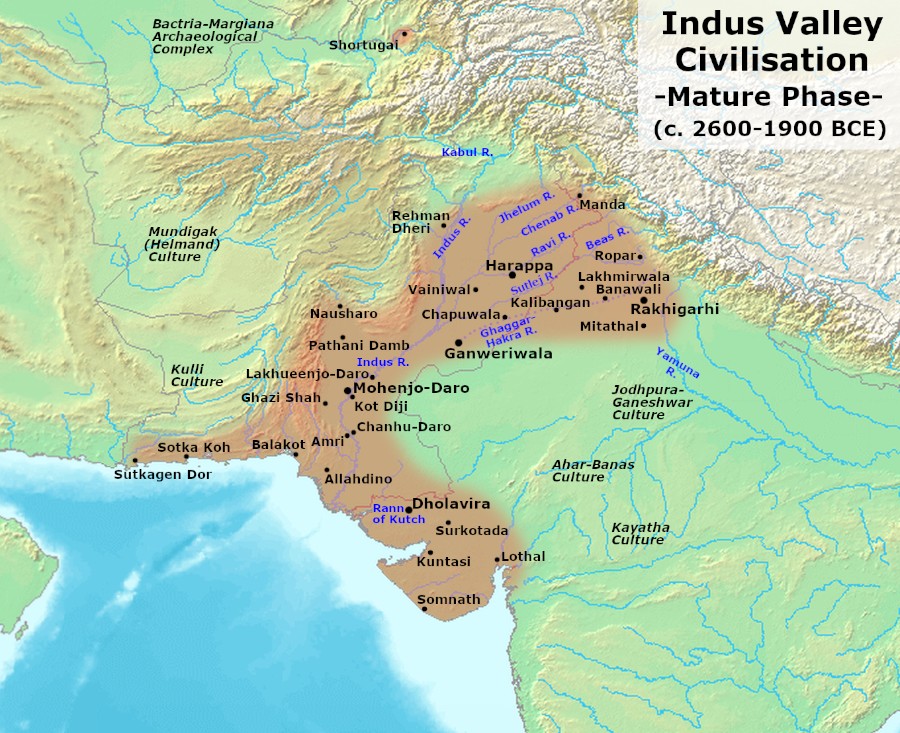
Unveiling ancient DNA
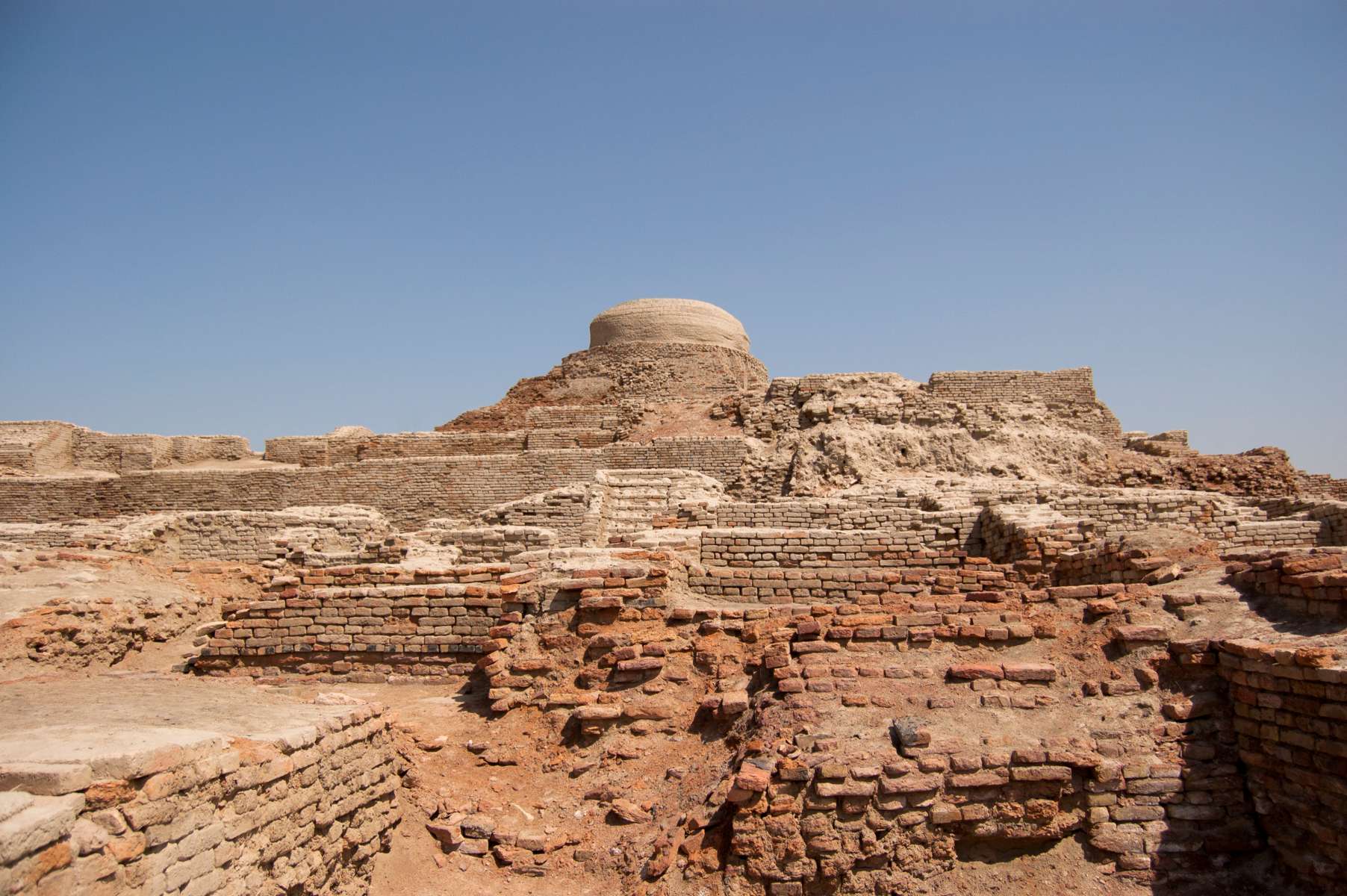
The first study, published in Cell, presents the first-ever analysis of a genome from an individual of the Indus Valley Civilization. This remarkable discovery was made through the screening of 61 skeleton samples excavated from an Indus burial site outside of New Delhi. Despite the challenging preservation conditions in hot and humid climates, a small amount of DNA was successfully extracted from the remains of a woman who lived approximately 4,000 years ago.
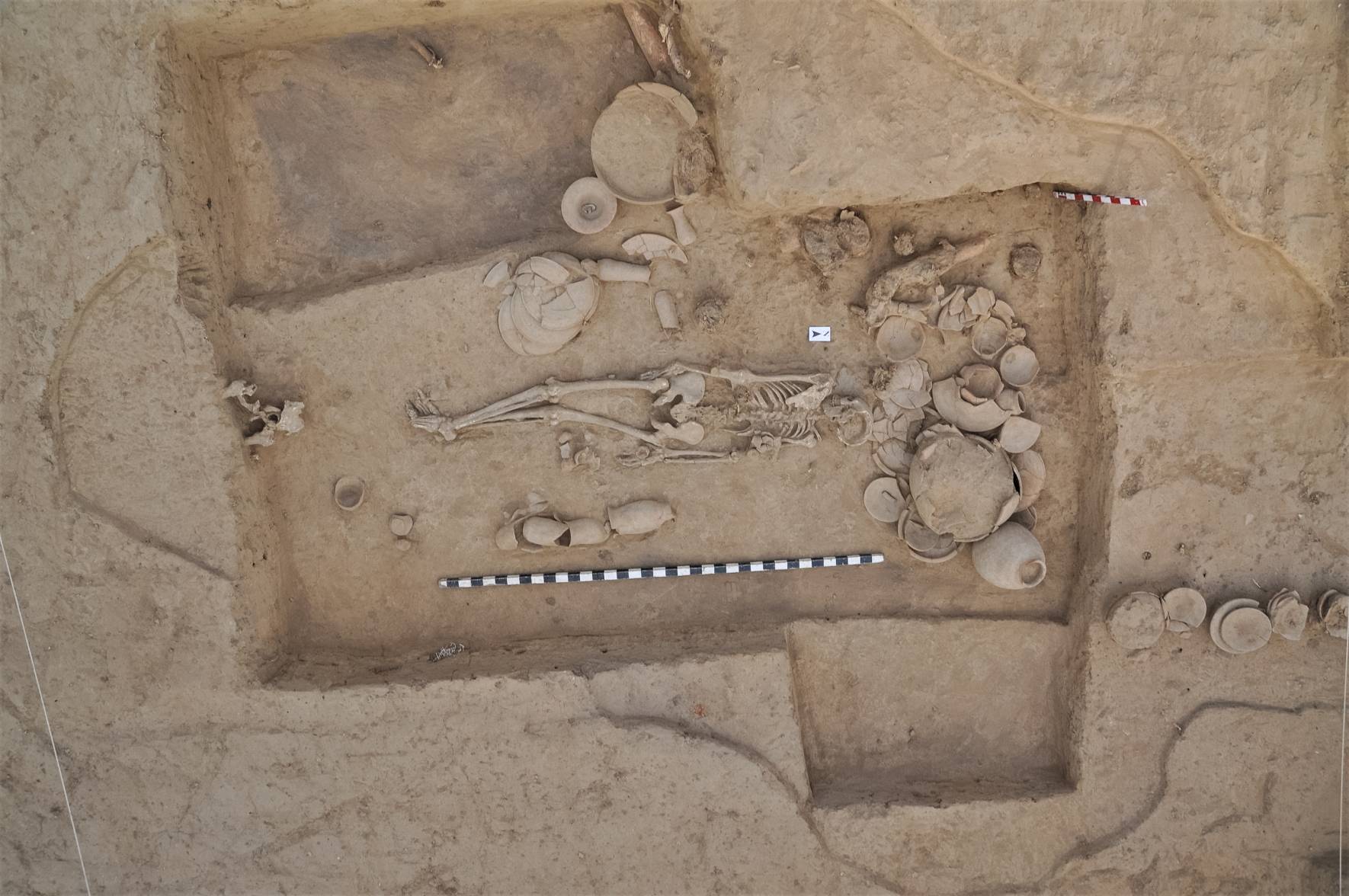
By sequencing the ancient DNA, researchers uncovered fascinating details about the genetic history of the Indus Valley Civilization. Contrary to previous theories, which suggested that farming practices were introduced to South Asia by migrants from the Fertile Crescent, the genetic analysis revealed a different story. The woman’s ancestry displayed a mixture of Southeast Asian and early Iranian hunter-gatherer DNA. This indicates that the people of the Indus Valley Civilization either independently developed agricultural practices or learned them from another source.
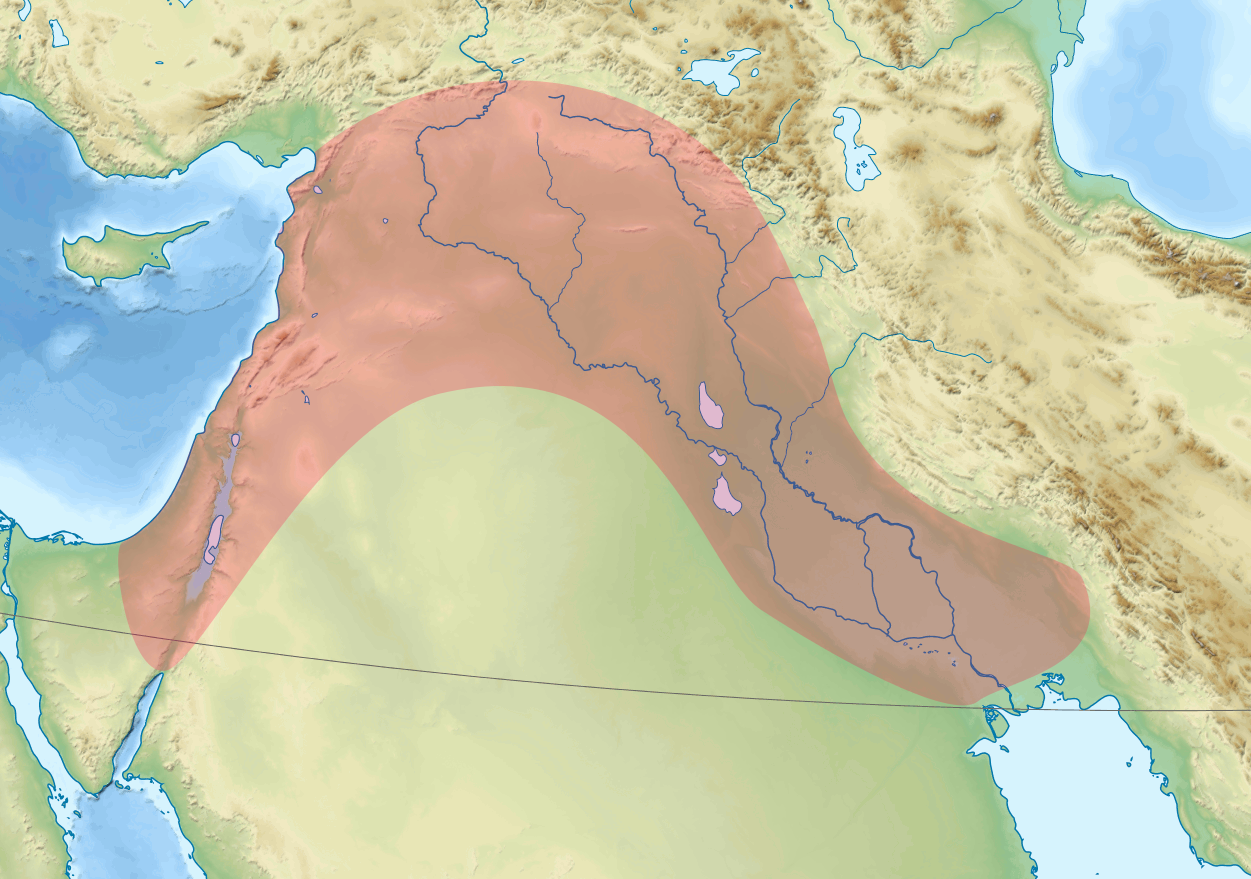
Genetic links to modern South Asians
The study also explored the genetic connections between the Indus Valley people and present-day South Asians. Astonishingly, the analysis revealed strong genetic links between the ancient civilization and modern South Asians. This encompasses populations in Afghanistan, Bangladesh, Bhutan, Maldives, Nepal, India, Pakistan, and Sri Lanka. These findings suggest that the Indus Valley Civilization played a significant role in shaping the genetic heritage of the region, with all modern-day South Asians descending from this ancient civilization.
Tracing ancient migrations and cultural transformations
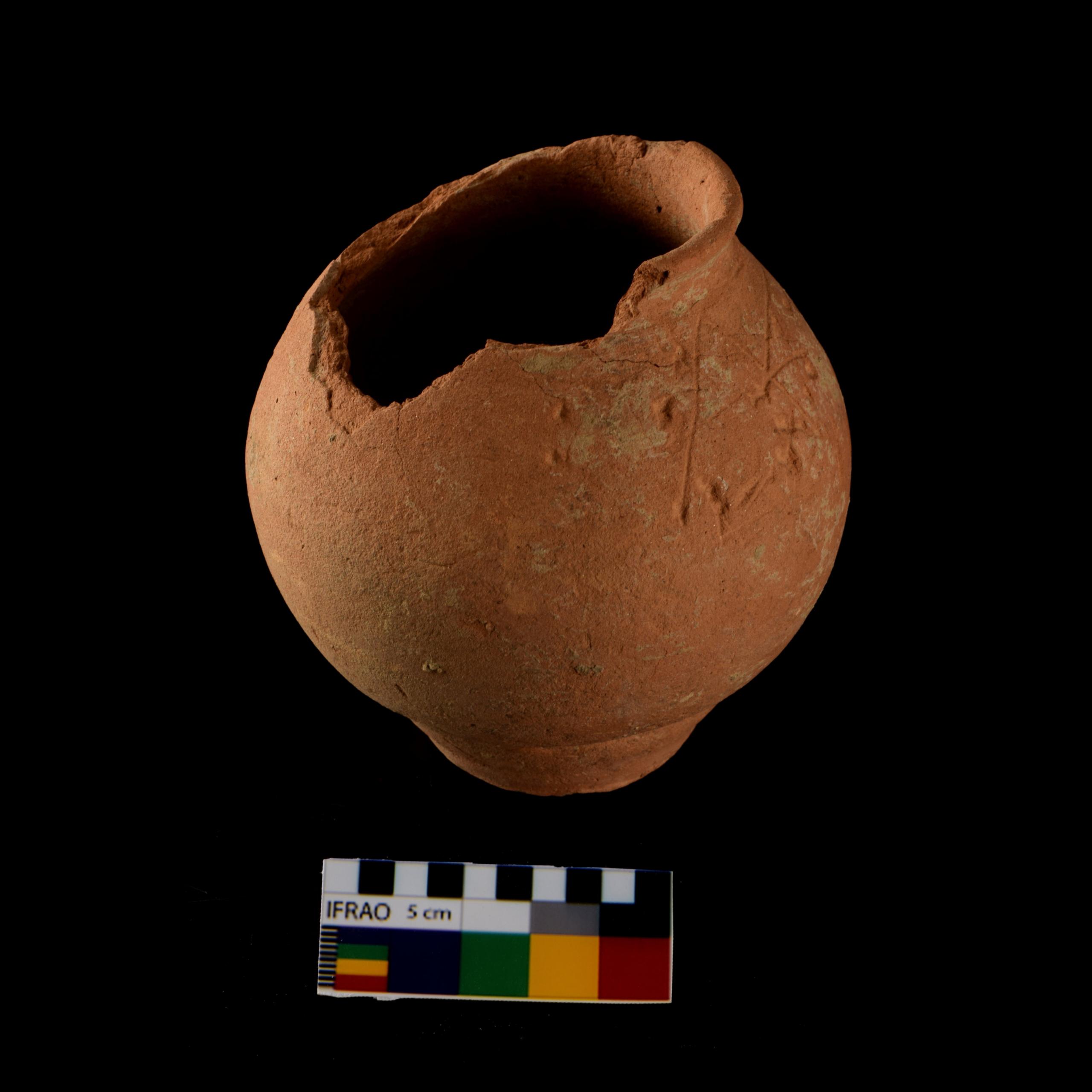
The second study, published in Science (which was authored by many of the same researchers behind the Cell paper), delved even deeper into the history of South Asian ancestry. This extensive analysis involved the examination of 523 genomes from individuals who lived as early as 12,000 years ago to 2,000 years ago, covering a wide range of periods in South Asian history.
The results revealed close genetic relationships between South Asians and hunter-gatherer populations from Iran and Southeast Asia. However, the most intriguing findings emerged after the collapse of the Indus Valley Civilization around 1800 BCE. The people of the civilization, who shared genetic similarities with the previously mentioned woman, intermingled with ancestral groups from the Indian peninsula. This intermixing played a pivotal role in shaping the ancestry of present-day South Indians.
During the same period, other groups in the aftermath of the civilization’s collapse interacted with Steppe Pastoralists who migrated to the region. These Steppe Pastoralists introduced early versions of Indo-European languages, which are still spoken in India today.
The power of ancient DNA
These groundbreaking studies highlight the incredible power of ancient DNA in unraveling the mysteries of past civilizations. The analysis of genetic material provides insights into the origins, migrations, and cultural transformations that shaped human history. While these studies have shed light on the Indus Valley Civilization, there is still much more to discover.
Researchers hope to expand their genome sequencing efforts to include a larger number of individuals from various excavation sites in the Indus region. By doing so, they aim to fill in more gaps in our knowledge and gain a deeper understanding of not only the Indus Valley Civilization but also other ancient societies from underrepresented parts of the world.
Conclusion
The genetic studies on the Indus Valley Civilization have provided invaluable insights into the origins and legacies of this ancient civilization. The analysis of ancient DNA has revealed surprising details about the genetic history of the Indus Valley people, their connection to modern South Asians, and the migrations and cultural transformations that shaped the region’s ancestry.
These studies serve as a testament to the power of ancient DNA in illuminating the past. As researchers continue to unlock the secrets of the Indus Valley Civilization and other ancient societies, we can look forward to a deeper understanding of our shared human history.



